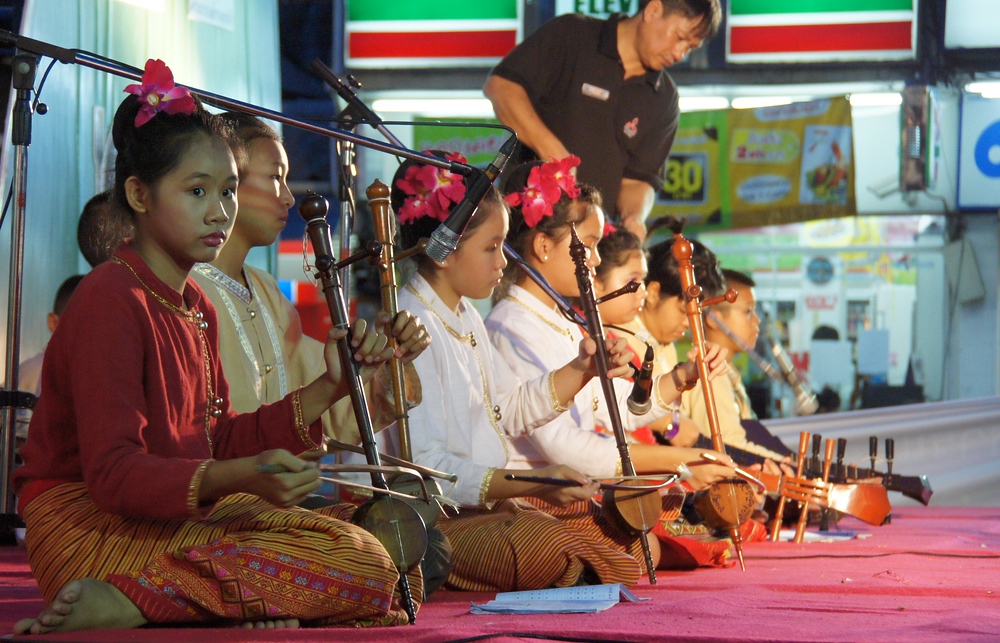Have you ever wondered about the rich martial arts traditions of Thailand? Well, get ready for a cultural journey into the fascinating world of ancient combat techniques in the Land of Smiles. In this article, we will explore the history, techniques, and significance of Thailand’s martial arts traditions, giving you a deeper understanding of this unique aspect of Thai culture. So, if you’re ready to travel back in time and discover the secrets of Muay Thai and Krabi Krabong, then keep reading!
When it comes to understanding Thailand’s martial arts traditions, it’s important to delve into the historical context. Muay Thai, also known as the “art of eight limbs,” has its roots in the centuries-old military training of Thai soldiers. This combat sport emphasizes the use of fists, elbows, knees, and shins, making it one of the most versatile and effective forms of self-defense. Similarly, Krabi Krabong, a traditional Thai weapon-based martial art, showcases the skills and techniques used by warriors in ancient times.
But it’s not just the physical aspects that make Thailand’s ancient martial arts traditions so unique. They are deeply intertwined with Thai culture and spirituality. Thai fighters not only train their bodies but also cultivate their minds and spirits, following a code of honor and respect. The rituals and ceremonies associated with these martial arts add an extra layer of significance, allowing participants to connect with their ancestors and pay homage to their heritage.
So, whether you’re a martial arts enthusiast or simply curious about the cultural traditions of Thailand, this article will provide you with an in-depth look into the ancient martial arts practices that have shaped the country’s history. Get ready to explore the techniques, philosophies, and cultural significance of Muay Thai and Krabi Krabong, and gain a deeper appreciation for these ancient traditions that continue to thrive in modern-day Thailand.
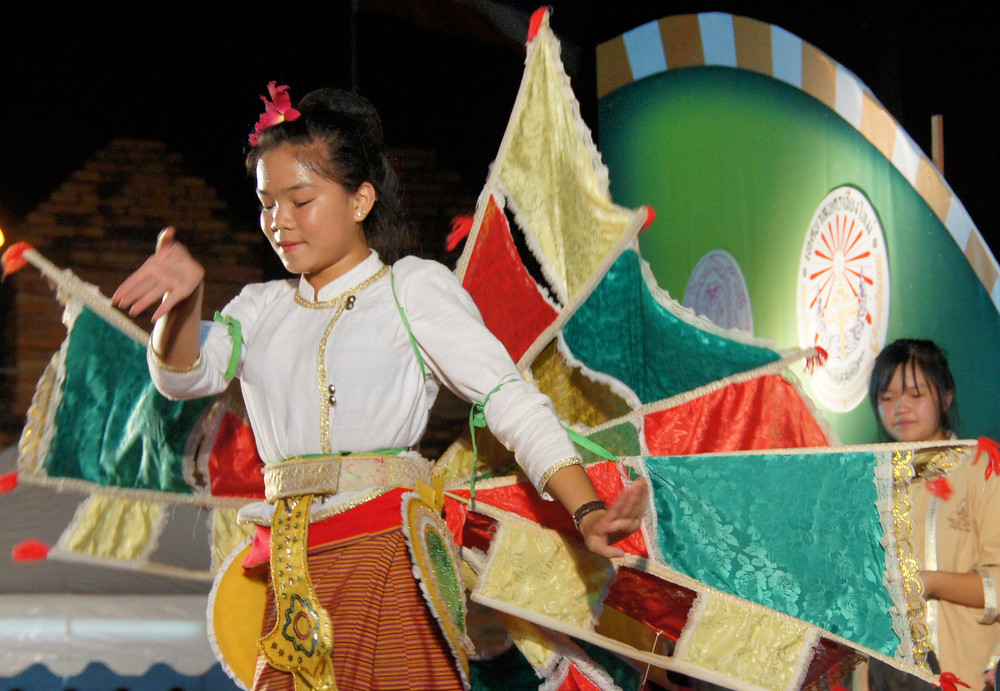
Overview of Thai Martial Arts
Introduction to Thai martial arts
Thailand, a country known for its rich cultural heritage, is home to a diverse range of ancient martial arts traditions. These martial arts have been passed down through generations and have become an integral part of the country’s identity. Thai martial arts are not just about physical combat, but also embody various cultural, spiritual, and philosophical aspects of Thai society. In this article, we will take you on a cultural journey to explore the fascinating world of Thai martial arts.
Historical background
Thai martial arts have a long and storied history, deeply entrenched in the traditions and customs of the Thai people. These martial arts evolved over centuries, blending indigenous fighting techniques with influences from neighboring countries. Ancient battlefields and the need for self-defense in everyday life served as catalysts for the development of these martial arts. Thai martial arts were also influenced by trade routes, which brought in new ideas and techniques from places like China and India.
Key elements of Thai martial arts
Thai martial arts are characterized by their uniqueness and effectiveness. They are renowned for their emphasis on practicality, using techniques and strategies that are both efficient and devastating. Key elements of Thai martial arts include striking, clinching, grappling, and the use of weapons. In addition to physical techniques, these martial arts also encompass mental and spiritual training, promoting discipline, honor, and respect.
Muay Thai: The Art of Eight Limbs
Origins and history of Muay Thai
Perhaps the most well-known and internationally recognized Thai martial art is Muay Thai, also known as the “Art of Eight Limbs.” Muay Thai dates back several centuries and has its roots in the ancient Siamese military techniques of warfare. Originally developed as a means for soldiers to defend themselves in close-quarters combat, Muay Thai later evolved into a sport, with formalized rules and techniques.
Key techniques and strategies in Muay Thai
Muay Thai practitioners utilize their eight points of contact – fists, elbows, knees, and shins – to strike their opponents with maximum force. This art form places a strong emphasis on endurance, conditioning, and relentless attacking. Techniques such as roundhouse kicks, knee strikes, and clinching are commonly employed in Muay Thai fights. Strategic awareness, timing, and precision are crucial elements in Muay Thai, as fighters aim to outsmart and overpower their opponents.
Training methods and rituals
Training in Muay Thai involves rigorous physical conditioning and technical skill development. Fighters engage in various activities such as running, skipping rope, shadowboxing, and practicing on heavy bags. Sparring sessions, pad work, and clinching drills are also common in training. In addition to physical training, Muay Thai practitioners immerse themselves in the ritualistic aspects of the art, paying homage to their trainers and the spirits by performing Wai Khru Ram Muay, a traditional dance before fights.
Competitions and professional fights
Muay Thai has gained global recognition for its high-energy and exhilarating fights. In Thailand, professional Muay Thai competitions take place in purpose-built stadiums and draw large crowds of locals and tourists alike. These fights showcase the skills, techniques, and tenacity of the fighters, who compete for titles and prizes. The popularity of Muay Thai has also led to its integration into mixed martial arts competitions, further spreading its influence worldwide.

Krabi Krabong: The Art of Weapons Combat
History and origins of Krabi Krabong
Krabi Krabong, a lesser-known Thai martial art, focuses on weapons combat. With roots dating back to the ancient kingdom of Ayutthaya, this art form was originally developed to defend against enemy attacks and protect the Thai kingdom. Krabi Krabong combines coordinated strikes, evasive maneuvers, and sophisticated weapon handling techniques.
Weapons used in Krabi Krabong
In Krabi Krabong, practitioners learn to wield a variety of weapons, including staffs, swords, knives, and the famous double swords known as “Krabi.” Each weapon has its unique characteristics and requires specific techniques to maximize its potential. The training in Krabi Krabong not only focuses on individual weapon mastery but also on transitioning seamlessly between different weapons in combat.
Techniques and tactics in weapons combat
Krabi Krabong emphasizes agility, speed, and precision in weapons combat. Practitioners learn a wide range of techniques, including strikes, blocks, parries, and disarms, to effectively overpower opponents. The art places great importance on footwork and positioning to maintain balance and control during combat. Strategy and tactics also play a significant role in Krabi Krabong, as fighters aim to exploit weaknesses and create openings in their opponent’s defenses.
Training and mastery of Krabi Krabong
Training in Krabi Krabong is a disciplined and rigorous process. Beginners start with basic techniques, gradually progressing to complex combinations and sparring sessions. The training emphasizes precision, timing, and coordination with weapons. Learning the art requires patience, discipline, and unwavering dedication as practitioners strive to attain mastery.
Silat: The Art of Unarmed Combat
Introduction to Silat
Originally from Southeast Asia, Silat is a martial art that encompasses various forms and styles. It has gained popularity in Thailand due to its effectiveness in close-quarter combat. Silat is characterized by its fluid and graceful movements, which combine strikes, grappling, joint locks, and throws.
Philosophy and principles of Silat
Silat is not just about physical combat; it also embodies a way of life and a set of ethical principles. Practitioners of Silat adhere to the values of respect, honor, and humility. The art places great importance on self-control, self-discipline, and spiritual growth. Silat practitioners aim to achieve a harmonious balance between mind, body, and spirit.
Common techniques and strikes in Silat
Silat is known for its versatility and adaptability in combat situations. Its techniques are designed to exploit an opponent’s weaknesses and redirect their energy for maximum impact. Hand strikes, kicks, takedowns, and joint manipulations are commonly employed in Silat. The art also incorporates techniques for defending against multiple attackers, making it an effective self-defense system.
Application of Silat in self-defense
Silat’s practicality and efficiency make it an ideal martial art for self-defense. The fluid movements and emphasis on redirecting an opponent’s energy allow practitioners to neutralize threats effectively. Silat teachings focus on situational awareness, avoidance, and de-escalation of conflicts. By mastering Silat techniques, individuals empower themselves with valuable self-defense skills.
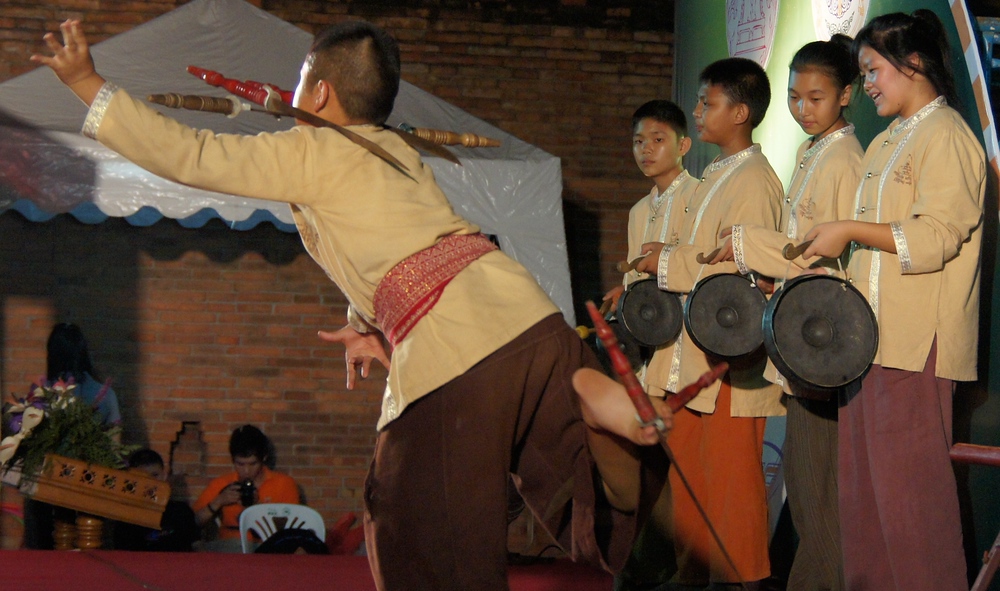
Muay Boran: Traditional Thai Martial Arts
History and development of Muay Boran
Muay Boran, also referred to as “Ancient Boxing,” is a traditional form of Thai martial arts that predates the modern sport of Muay Thai. It traces its roots back to the warrior cultures of ancient Siam, where soldiers used these techniques in wars and battles. Muay Boran emphasizes a wide range of strikes, destructive techniques, and effective self-defense maneuvers.
Traditional techniques and styles
Muay Boran encompasses a vast array of techniques, including strikes, blocks, kicks, elbows, and knees. Each technique has multiple variations, allowing practitioners to develop a diverse arsenal of moves. The art also encompasses different regional styles, such as Muay Chaiya and Muay Thasao, which showcase unique techniques and strategies.
Role of Muay Boran in Thai culture
Muay Boran holds a special place in Thai culture as a symbol of national pride and heritage. It reflects the indomitable spirit of the Thai people and their warrior traditions. Muay Boran is often performed during cultural events, festivals, and temple fairs, showcasing the artistry and skill of its practitioners. It serves as a reminder of the country’s rich history and cultural legacy.
Preservation and revival of Muay Boran
Over time, Muay Boran faced the risk of disappearing, overshadowed by the popularity of modern Muay Thai. However, efforts have been made to preserve and revive this ancient martial art. Organizations and schools dedicated to Muay Boran have emerged, offering training and promoting its cultural significance. Initiatives to document the techniques and history of Muay Boran have also helped in its preservation.
Muay Chaiya: The Ancient Art of Defense
Origins and lineage of Muay Chaiya
Muay Chaiya is an ancient Thai martial art that traces its origins back to the Chaiya district in Southern Thailand. The art was developed by the local fishermen as a means of self-defense against bandits and pirates. Muay Chaiya’s distinctive techniques and strategies have been passed down through generations within certain families, ensuring the preservation of its unique lineage.
Distinctive characteristics and techniques
Muay Chaiya is characterized by its defensive approach, focusing on evasive maneuvers, parries, and counters. It places great importance on footwork and body positioning to neutralize attacks and create openings for counterattacks. Techniques such as sweeps, joint locks, and throws are commonly used in Muay Chaiya to overcome opponents.
Philosophy and principles of Muay Chaiya
Muay Chaiya emphasizes the concept of “Chan” (defense) over “Khon” (offense). Practitioners learn to redirect and neutralize an opponent’s attack, using minimal force and energy. The art promotes patience, mindfulness, and an understanding of one’s own limitations. Muay Chaiya teaches practitioners to remain calm and composed in the face of adversity, allowing for effective defense and counterattacks.
Training and mastery of Muay Chaiya
Training in Muay Chaiya is highly disciplined and often tailored to individual students by their teachers. The art requires practitioners to develop a keen sense of timing, reflexes, and sensitivity to their opponent’s movements. Muay Chaiya training involves drills, partner work, and sparring sessions, which gradually build a practitioner’s skills and techniques.
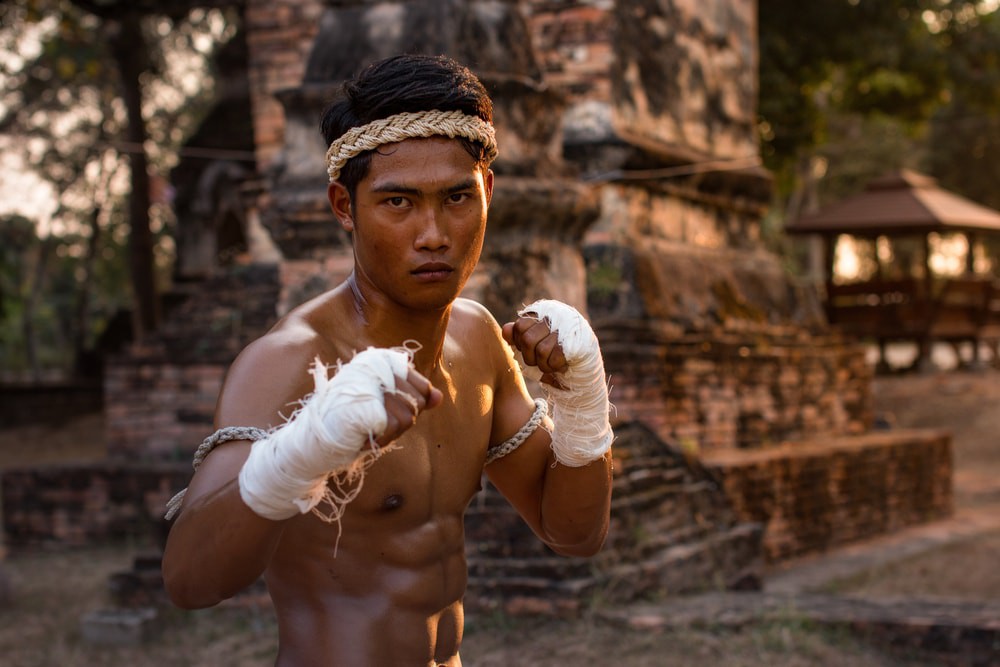
Ling Lom: The Art of Monkey Dancing
Origins and symbolism of Ling Lom
Ling Lom, also known as “Monkey Dancing,” is a unique and intriguing Thai martial art that derives its movements from the agility and playfulness of monkeys. This art form holds deep symbolism, with the monkey representing intelligence, flexibility, and adaptability. Ling Lom movements mimic the playfulness and acrobatics of monkeys, making it both an art form and a physical exercise.
Techniques and movements in Ling Lom
Ling Lom combines acrobatic movements, jumps, rolls, and spins to create a dynamic and visually captivating style. Practitioners mimic the fluid movements of monkeys, incorporating kicks, strikes, and sweeps into their routines. Ling Lom not only develops physical agility but also enhances balance, coordination, and body control.
Cultural significance of Ling Lom
Ling Lom has a significant role in Thai cultural heritage, often performed during festivals, temple fairs, and other cultural events. The art form reflects the deep connection between humans and nature, as well as the Thai reverence for animals. Ling Lom’s unique blend of athleticism, artistry, and cultural symbolism make it an enchanting spectacle.
Role of Ling Lom in Thai ceremonies
Ling Lom is often performed during religious ceremonies and rituals in Thailand. The art form is believed to bring good luck, blessings, and protection to the participants and the community. It is a form of expression and a way to connect with the divine, as well as a means of paying homage to the ancestors and the spirits.
Naban: The Thai Art of Wrestling
Brief history and evolution of Naban
Naban, an ancient Thai wrestling art, has its roots in the agricultural communities of Thailand. Originally used as a form of entertainment and physical exercise, Naban later developed into a competitive sport. The art form includes grappling techniques, throws, and joint locks, making it an integral part of Thai martial arts.
Grappling techniques and throws in Naban
Naban focuses on close-quarter combat, using various grappling techniques to gain control over opponents. Practitioners learn throws, sweeps, and takedowns designed to take their opponents to the ground. Joint locks and submissions are also employed in Naban to immobilize opponents and force them into submission.
Strategies and tactics in Naban
Naban requires practitioners to develop strength, balance, and strategic thinking. The art places a strong emphasis on timing, leverage, and body positioning. Practitioners aim to outmaneuver opponents, using their opponent’s movements against them. Naban competitions showcase the prowess and technical skill of the wrestlers in a display of strength and agility.
Traditional events and competitions
Naban is often performed during traditional Thai festivals and ceremonies, adding an element of excitement and athleticism to the celebrations. Competitions and tournaments are also organized, allowing wrestlers to showcase their skills and vie for titles. Naban serves as a reminder of the cultural heritage of the Thai people and their connection to the land.
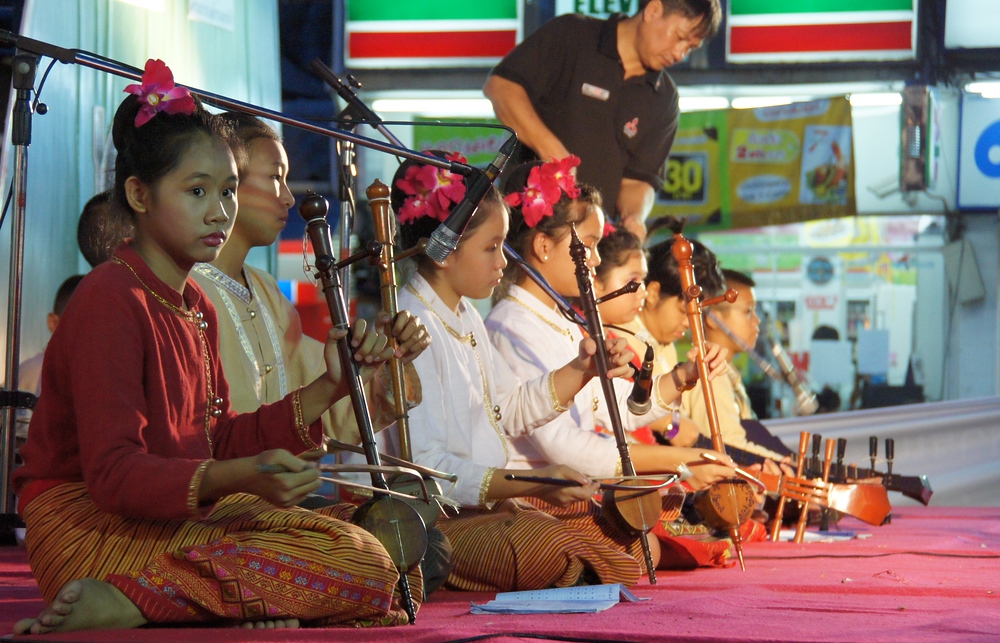
Conclusion: Preserving and Promoting Thai Martial Arts
Challenges in preserving Thai martial arts
While Thai martial arts have deep roots in Thai culture, they face challenges in preserving their traditions and values. Modernization, globalization, and the rapid pace of life pose threats to the transmission of these ancient arts. Additionally, the attraction of more popular sports and martial arts styles may draw youngsters away from their traditional roots.
Efforts to promote and educate about Thai martial arts
Recognizing the importance of preserving Thai martial arts, various organizations, schools, and enthusiasts are actively promoting and educating others about these ancient traditions. Efforts are being made to document techniques, preserve traditional training methods, and create platforms for practitioners to showcase their skills. Cultural events, exhibitions, and workshops are organized to raise awareness and generate interest in Thai martial arts.
Importance of cultural heritage and identity
Thai martial arts are not only physical disciplines but also an integral part of Thai cultural heritage. These arts embody the values, philosophies, and traditions of the Thai people. Preserving and promoting Thai martial arts ensure that future generations will continue to connect with their heritage and embrace the cultural identity that these arts represent.
Future prospects for Thai martial arts
The future of Thai martial arts rests in the hands of those who appreciate and advocate for their preservation. Continued support, education, and exposure will play a vital role in ensuring the survival and evolution of these ancient traditions. With concerted efforts, Thai martial arts can continue to flourish and inspire generations to come.
In conclusion, exploring Thailand’s ancient martial arts traditions offers a captivating journey into the country’s rich cultural heritage. Muay Thai, Krabi Krabong, Silat, Muay Boran, Muay Chaiya, Ling Lom, Naban, and other Thai martial arts provide a window into the Thai people’s history, customs, and values. These arts showcase the fusion of combat techniques, spirituality, and cultural expression. By preserving and promoting these traditions, Thailand not only safeguards its cultural identity but also shares its unique legacy with the world.
